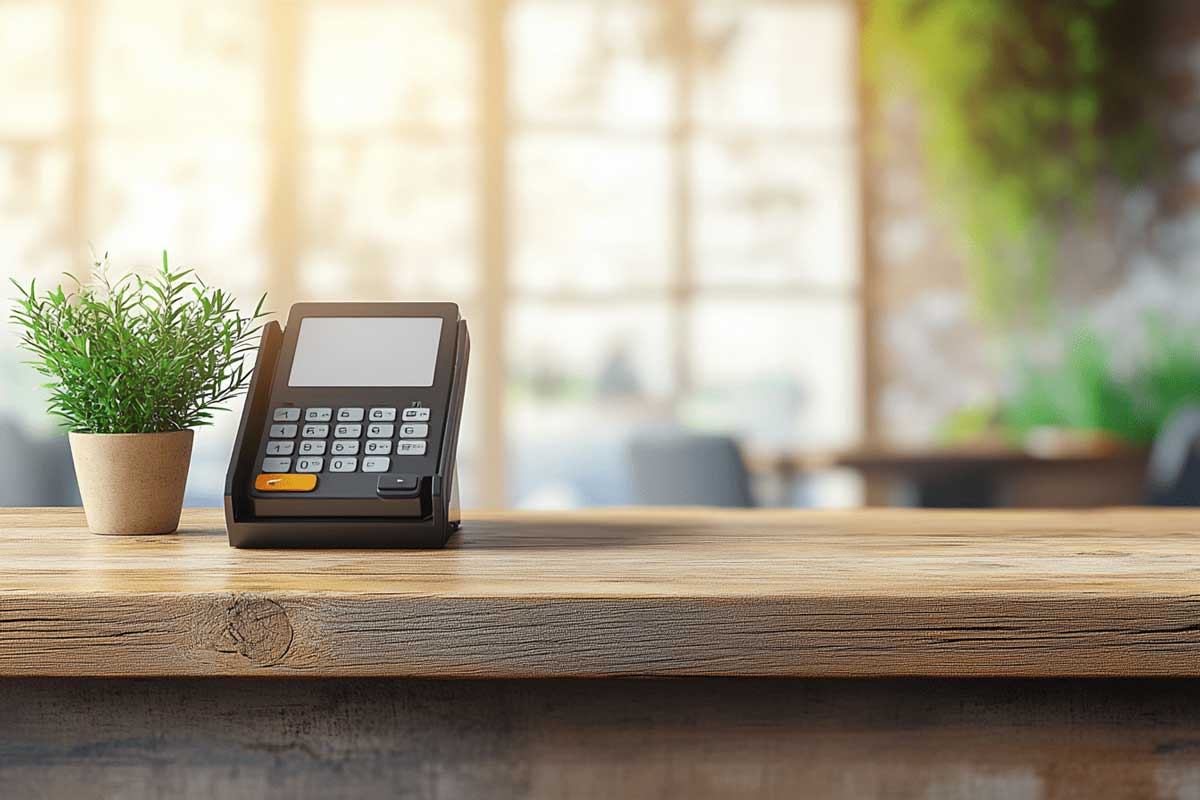E-commerce is an ever-changing playing field, from new technologies to dynamic new payment options and consumer trends. Is e-commerce profitable in 2025 for high-risk niches? Yes, but it relies on the niche, payment channels, and other risks. Because of credit card POS systems, ecommerce fraud prevention with plugged-in integration and high-risk merchant accounts, high-risk merchants can still be profitable and viable models—provided they transition into what’s needed for the day.
Are Ecommerce Profits Worth It in 2025?
E-commerce has reached a mature level deeper than before. E-commerce global sales have increased to trillions in revenue annually; however, profit margins are lower due to overwhelming advertising expenditures, logistics challenges, and compliance efforts becoming more sophisticated. This holds true for high-risk merchants, but there’s still much potential to enter these niches. Fields that exist include nutraceuticals, CBD, subscription services (digital courses, adult services), firearms-related accessories, and digital memberships, which render themselves to viable revenue groups for those who know niche-compliance efforts the best for their operations[1]. It isn’t enough to be online and in a gray area; it’s important to have an effective payment and retention solution for one’s operation.
High-Risk Niches: Pros and Cons
High-risk niches have chargeback ratios, banking oversight, and processing fees and costs on the high end. However, these challenges create a barrier to entry that keeps unqualified wannabes at bay. Those who create high-demand, high-risk niches often have already established themselves, with customer demand built in. Niche examples include CBD oils, medical marijuana dispensaries, and vaping; ideal payment processors for travel and ticketing websites are also available[2]. These niches survive and thrive even at higher rates during times of e-commerce necessity because they’ve built a reputation and established loyalty. In 2025, ecommerce profitability relies on segmentation through payment processors that understand high-risk merchant accounts.
Why Credit Card POS Systems Affect Ecommerce Profitability
The credit card POS systems we once associated only with brick-and-mortar locations are now integrated into the online world. Credit card POS systems allow merchants to process transactions, view statistics, manage orders in real-time, link directly to inventory systems and accounting. The need for credit card payment processing systems also applies to high-risk merchants, as it allows for dual pricing, faster authorization and settlement, and assistance with compliance. In addition, credit card POS systems that handle transactions properly reduce transaction failures[3]. High-risk ecommerce businesses already have a higher rate of decline due to respectable merchants being marked as illegitimate in the eyes of banking institutions. When processing credit card transactions is easier for the merchant, however, more revenue is retained instead of entirely lost.
How Consumer Trends Influence Profitability
Whether someone purchases something or not largely depends on consumer confidence. By 2025, consumers want swift, easy, secure payments to ensure this happens. High-risk verticals want to ensure their credit cards are safe and that avoidable declines don’t put a hitch in the check-out process. Payment confidence influences e-commerce for hospitality to travel to even firearm-based industries; those e-commerce businesses that offer hospitality payment processors and fraud mitigation avenues see higher conversion and repeat purchase rates, while those offering antiquated systems see abandoned shopping carts and lost profit margins.
How to Grow Without Losing Profit Potential in the High-Risk Ecommerce Marketplace
Merchants need to understand how to scale the high-risk ecommerce marketplace in order to scale and remain profitable. Merchants can test the waters with product lines, expansions into other areas or subscription services (where applicable), but growth within e-commerce requires compliance considerations[4]. For instance, a nutraceutical ecommerce merchant looking to go international needs to know all regulations across the globe to avoid being blackballed while focusing on merchant accounts that provide multi-currency payment solutions. Similarly, a subscription ecommerce site for dating needs to have recurring billing opportunities to keep chargeback potential low. Merchants grow effectively—and profitably—when they remain vetted with trustworthy merchant processing solutions, rather than thinking they can scale at any point with no repercussions.
How Changing Compliance Impacts Profitability
2025 brings changes that continue to bring compliance regulations that outline what’s doable for e-commerce. New compliance requirements for CBD, firearm accessories and financials change what’s able to be sold online and where. Merchants need to comply with Federal regulations and state/country regulations, for instance. Merchants who work with merchant services that understand high-risk solutions carry a leg up against the competition. Compliance is not optional—it’s a function of profitability, where merchants who figure out which payment gateways maintain compliant solutions with transparent remittance do not suffer penalties and lowered long-term viability.
Margins of High-Risk Ecommerce Niches
E-commerce margins are relative. E-commerce niches that tend to operate with lower profit margins include apparel or consumer goods, as these niches allow for greater consumer acquisition. However, high-risk niches tend to have higher profit margins at play as consumers are often willing to pay to gain access to various products or regulated goods. That being said, profit margins are not so easy to come by and are offset by higher costs of operation—meaning higher credit card processing fees, funds reserved for risk and more challenging marketing efforts. Merchants need to be sure they pay attention to their accounting for 2025 profit potential—cost per acquisition, average. order value—and make payment streams as seamless as possible to prevent revenue drips[5].
Examples of High-Risk Ecommerce Niches That Are Profitable
CBD Vendors Who Utilize Recurring Revenue
Those who sell CBD and have a direct-to-consumer model with a subscription option find their gross revenue more profitable as they have steady, recurring income. Many credit card POS systems have recurring billing options so avoiding customer churn becomes much easier with consistent cash flow.
Travel Agencies Who Use Buy Now Pay Later Options
Travel remains high-risk due to chargebacks and cancellations; however, travel agencies whom buy now pay later options on credit card processing can find their profitability increasing. Payment processors that integrate with their PCI-compliant credit card processing reduces friction at checkout; thus, more purchasers.
Nutraceutical Brands Who Are Transparent With Their Payment Systems
Nutraceuticals have a great deal of success operating within the high-risk credit card processing niche insofar as they're transparent about processing fees during checkout. If there's a connection to chargeback claims and appropriate refund processing procedures, consumers appreciate the honesty. Thus, brands have fewer disputes, better successful shipping arrangements, and repeat customers.
High-Risk Gateways for Firearms Merchants
Ecommerce related to firearms is one of the most high-risk ecommerce industries there is. However, those merchants who secure a high-risk merchant account and process on firearms compliant gateways get better approval rates and profit margins over their firearm themed counterparts who attempt to process via more standard, accepted gateways.
Merchants Selling Digital Products with International Reach
In the ebook and downloadable software business, merchants are international thanks to merchant accounts processing with multi-currency capabilities. While revenue is processed off settled tickets, profit occurs after settlement—customers in these regions need to feel assured that they can purchase without reservation.
Restaurants and Businesses Requiring Tip Authorizations
Many banks consider restaurants, hotels, bars, etc. to be high-risk. However, successful merchants have been able to secure hospitality payment systems that process tip authorizations and pre-authorization holds, decreasing chargebacks during check out and solidifying steady revenue streams.
Is Ecommerce Profitable in 2025?
Yes, e-commerce is profitable in 2025—but more for high-risk niche systems than common marketplace systems. As long as there’s consistent demand—and gaps in service from established, non-high-risk credit card processors—ecommerce remains profitable. But owners need to operate above and beyond basic merchant account setup to required credit card POS offerings to provide accountable merchant services. Those businesses that will be profitable will remain in compliance, with customer confidence and operational costs in line.
FAQ
Q: Is e-commerce profitable for high-risk in 2025?
A: Yes, but only for those who adhere to good merchant account services and payment processing opportunities and compliance. High-risk ecommerce is profitable in 2025 for those merchants willing to take the time to establish proper payment processing infrastructure and a true high-risk merchant account with a reputable service.
Q: In what ways do credit card POS systems help e-commerce merchants become more profitable?
A: Credit card POS systems improve approval rates, lower declines and shopping cart abandonments, plus anti-fraud systems, which all create more opportunities to capture revenue. They help with chargeback-disputing compliance for regulated businesses.
Q: Why are low-risk businesses often more profitable than their low-risk counterparts?
A: High-risk niches are often more profitable than their low-risk counterparts because CBD, nutraceuticals, firearm accessories, etc. carry more profit margin than expected because these niche products have trending consumer demands. Profitability is relative to high costs and compliance considerations vs. profit margins.
Q: How does regulation impact e-commerce profitability?
A: Regulation impacts e-commerce profitability! Businesses that remain compliant with ever-changing legal requirements avoid fines, avoid disputes, foster trustworthy consumer experiences, and ultimately allow for greater revenue generated and long-term sustainability.
Q: For high-risk ecommerce merchants, what is the biggest risk to profitability?
A: The biggest risk to profitability includes chargebacks, higher processing fees, and compliance mistakes. Partnering with the right merchant services company like Payment Nerds, these risks are avoided that would otherwise eat into merchants’ profit margins.
Sources
- NerdWallet. “Is Ecommerce Profitable? What to Know in 2025.” Accessed August 2025.
- Visa. “Visa Small Business Retail and Ecommerce Insights.” Accessed August 2025.
- CardFellow. “Breaking Down Credit Card Processing Fees.” Accessed August 2025.
- PCI Security Standards Council. “Payment Card Industry Data Security Standards (PCI DSS).” Accessed August 2025.
- Shopify. “Ecommerce Statistics and Trends.” Accessed August 2025.











